1 to 10 of about 1563
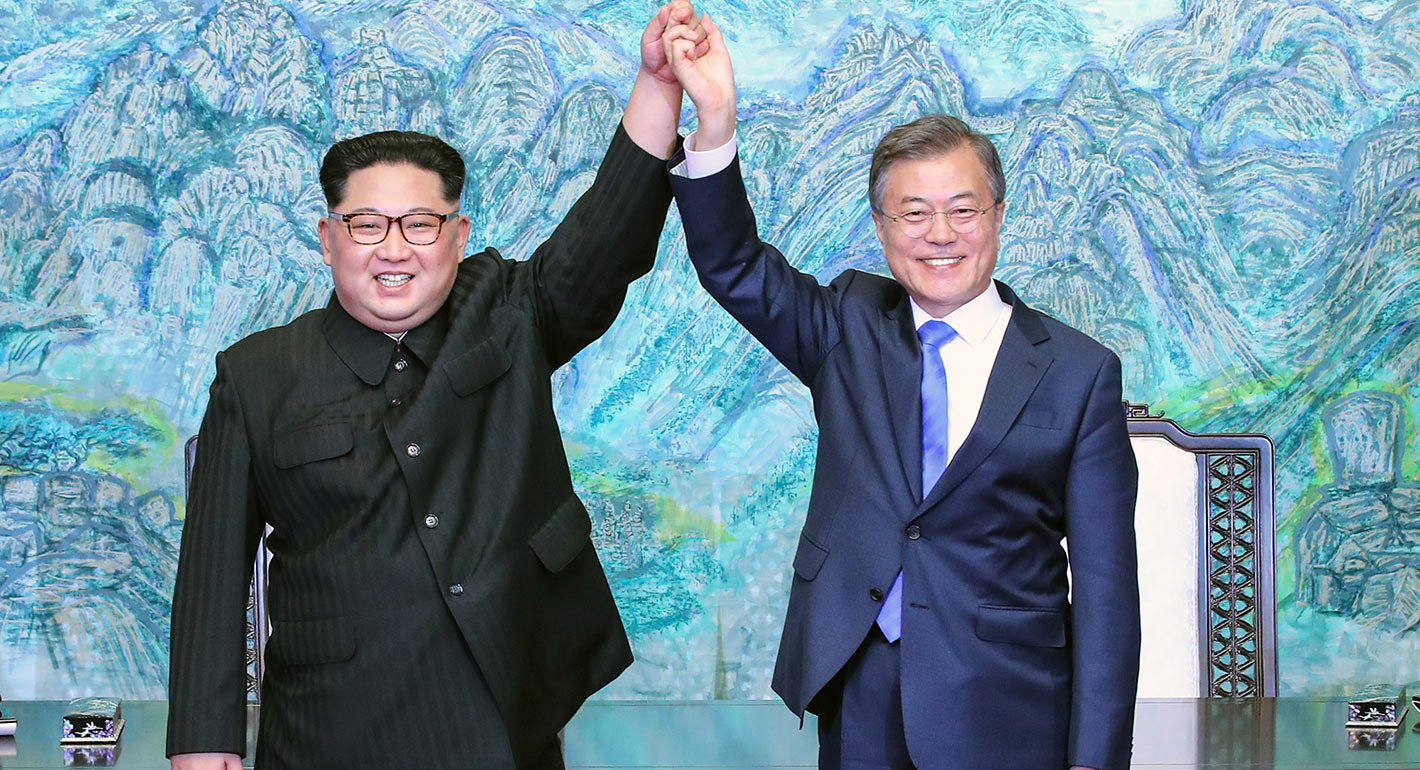
While the United States has unyieldingly focused on making progress toward denuclearization in North Korea, South Korean President Moon Jae in’s first priority is to ensure that the peace process continues.
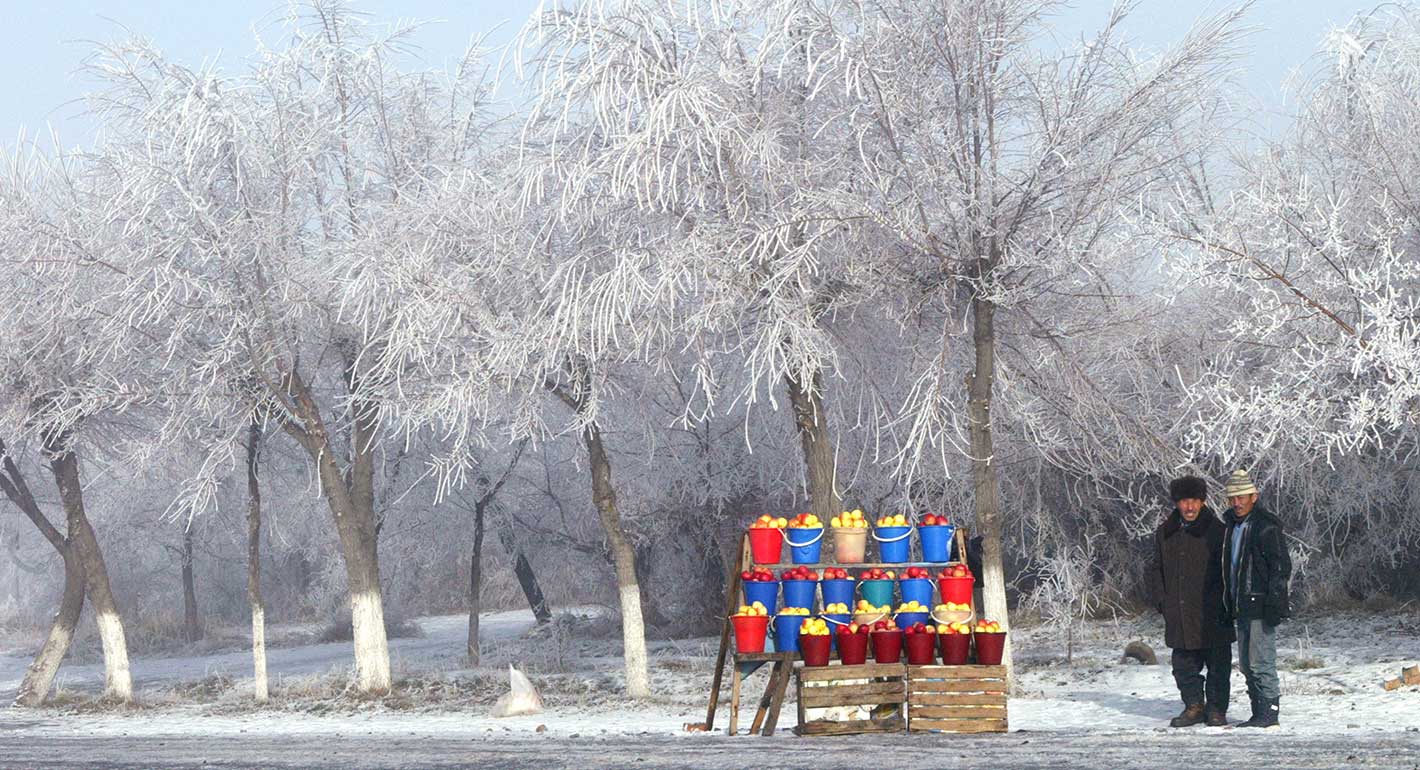
Brighter prospects for Central Asian integration come amid political and economic liberalization in Uzbekistan, hardening authoritarianism elsewhere in the region, widespread economic distress, and China’s growing influence—the five major trends that marked Central Asia in 2018.
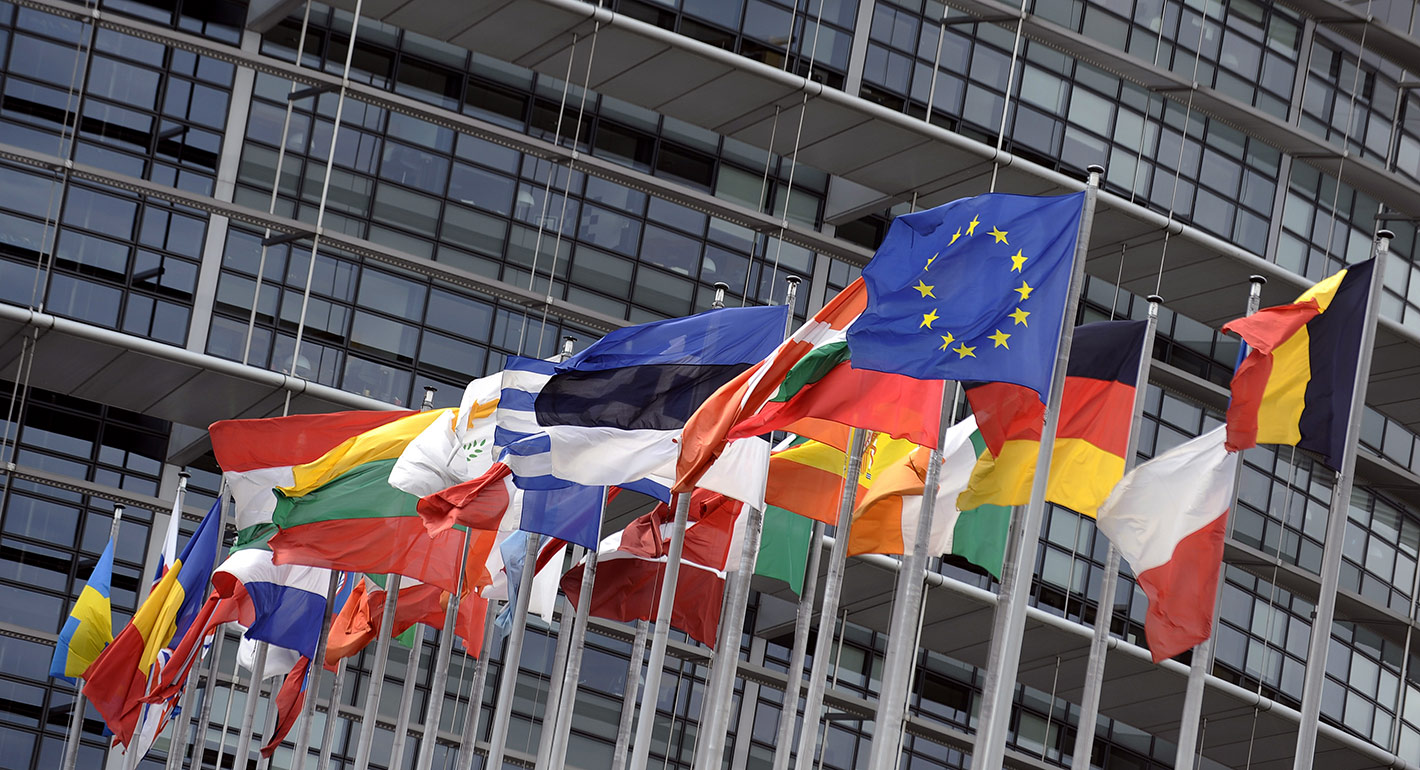
The current trend in U.S. and European governments to pay less attention to human rights issues in Arab countries did not develop overnight, and is unlikely to disappear quickly, as it is connected to local, regional, and global trends.

In a world marked by growing geopolitical rivalry between Washington and Beijing, U.S. allies will increasingly face a stark choice between the two.

In 2018, the United States took many important steps to advance its approach to cyber conflict. A review of these developments suggests signs of progress but also significant challenges ahead.
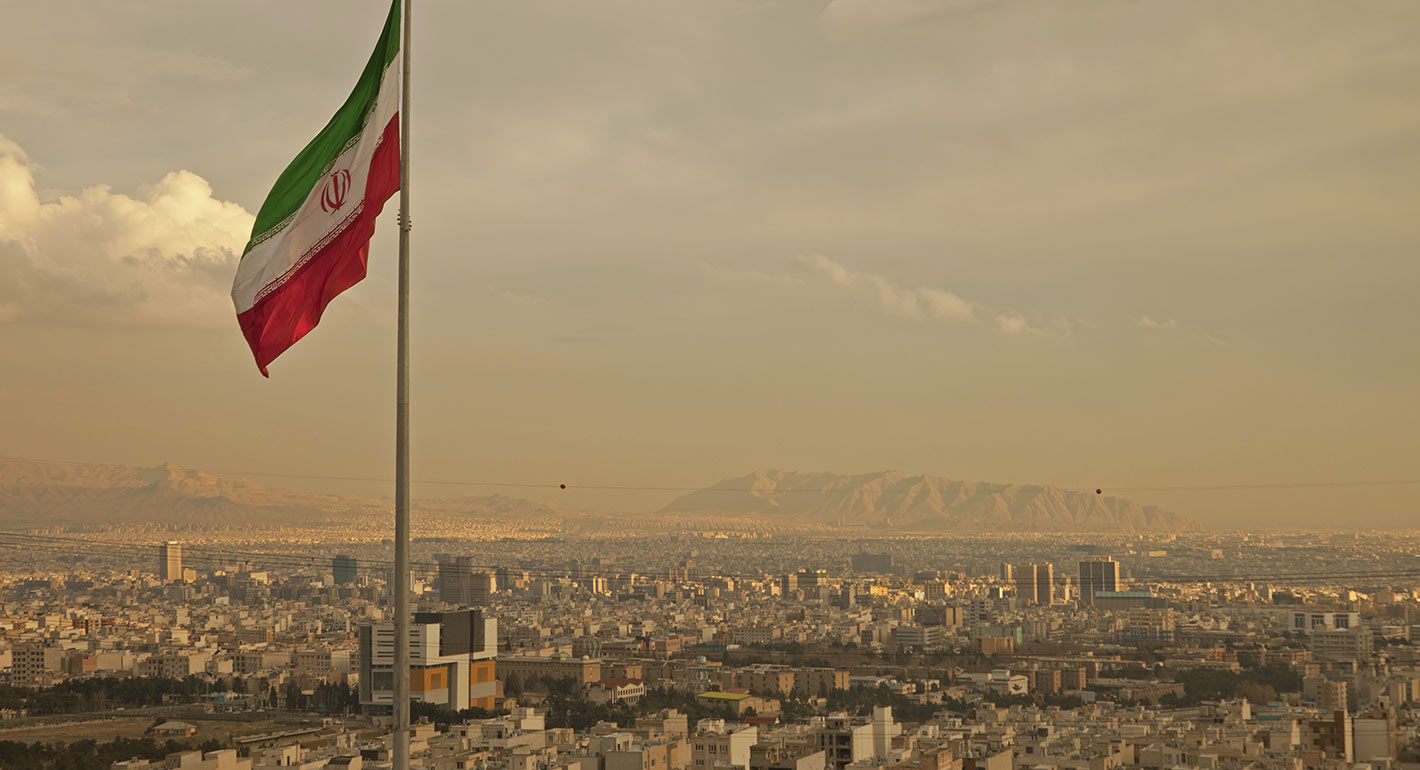
Rather than take Iran’s professed reorientation to the East as a fact, the EU needs to appreciate the underlying dynamics (which still put it in a preferred position) and live up to its original commitments.
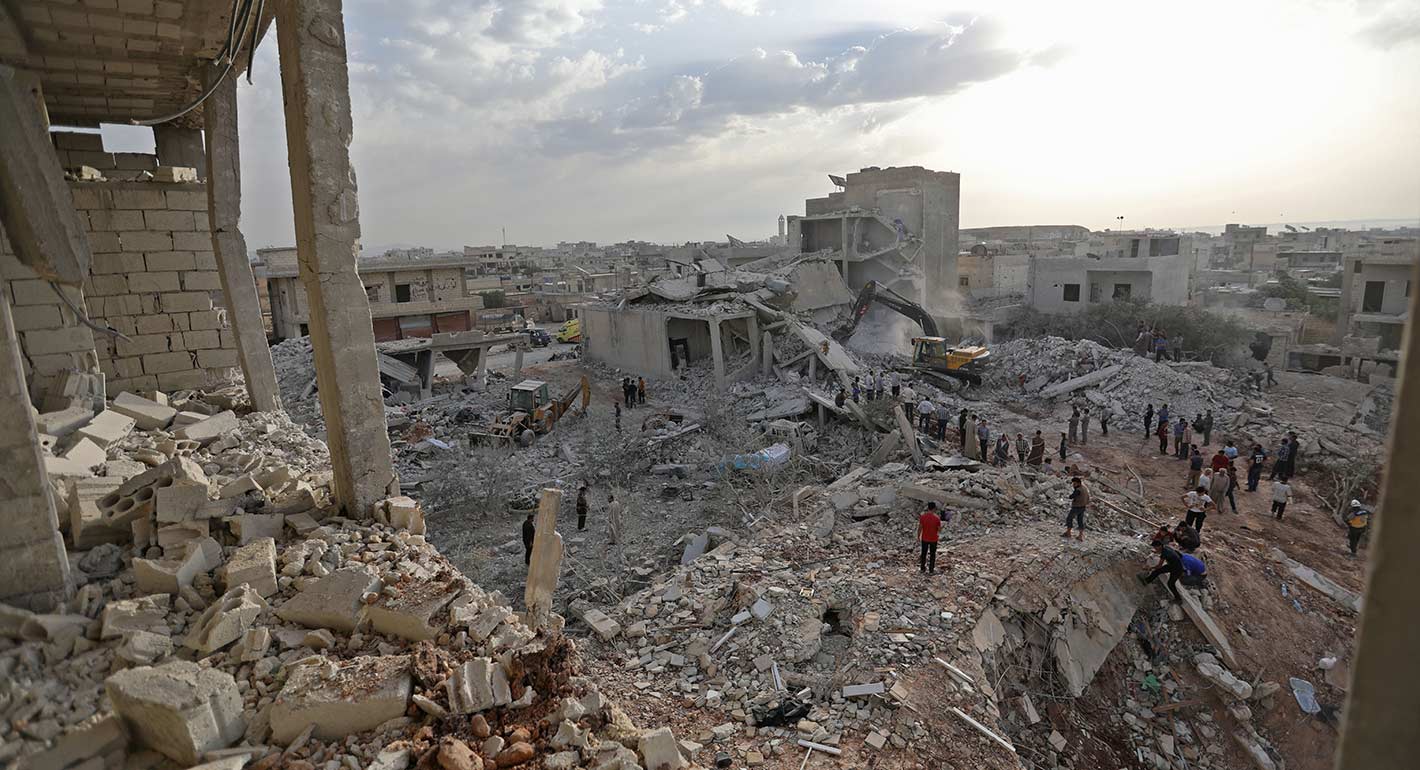
Trump’s decision didn’t cause the United States to lose in Syria. For all practical purposes, Syria was already lost.
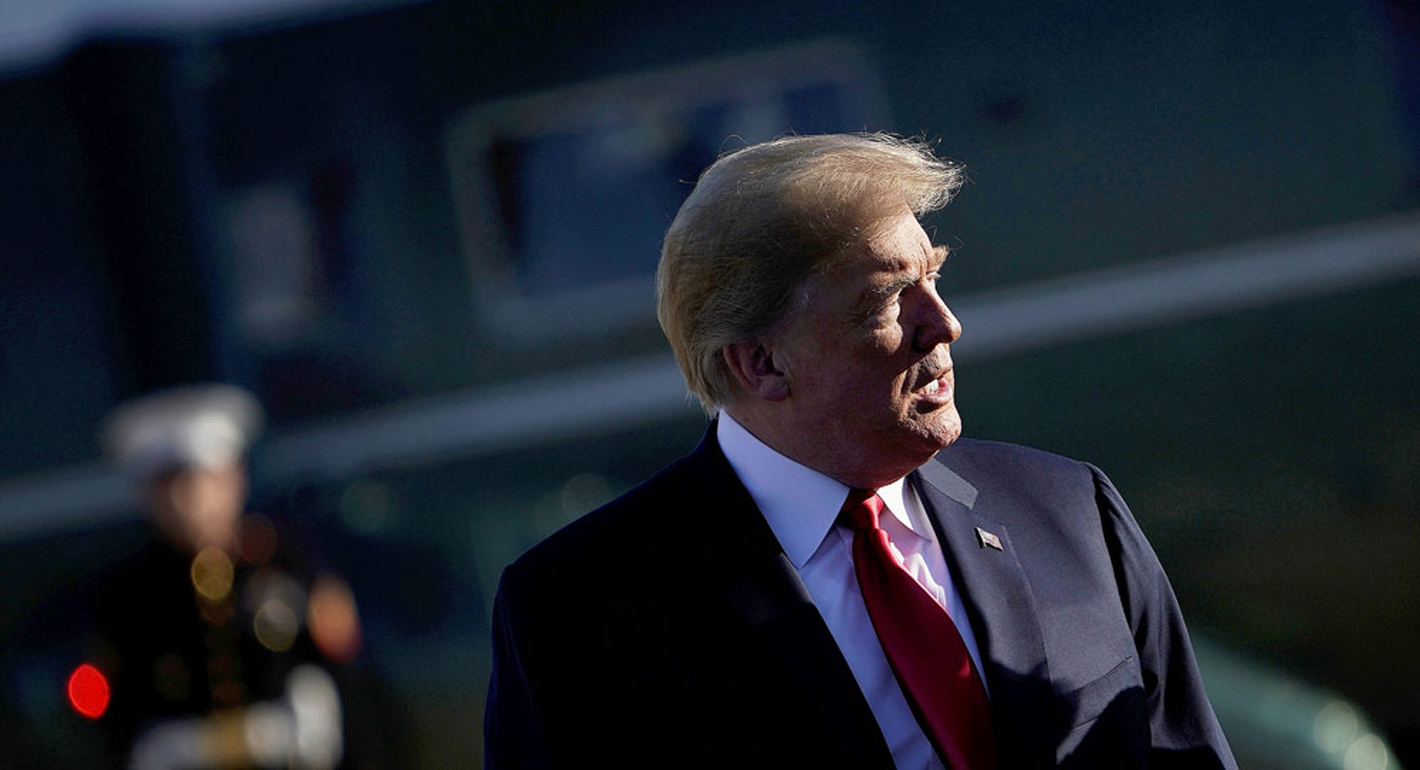
NATO countries have been relegated to fretting and hedging their bets as long as Trump stays in the Oval Office.
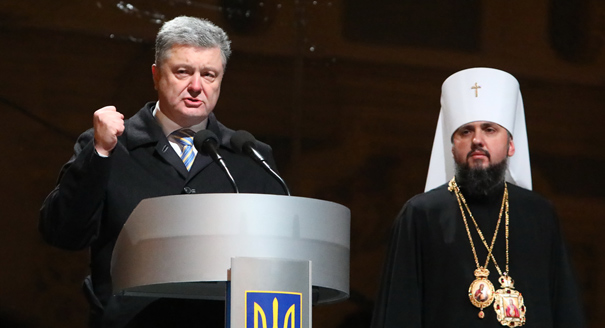
President Poroshenko is making use of the newly created Orthodox Church of Ukraine for political ends. The new church may become a state-sponsored church, while the pro-Moscow church could present itself as a marginalized persecuted entity.

Donald Trump’s decision to leave Syria is laying the foundations for a post-American Middle East.